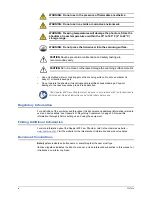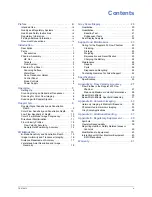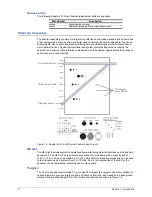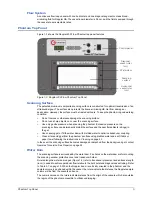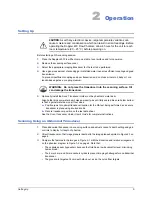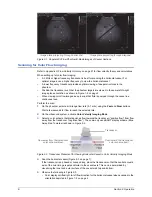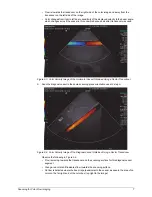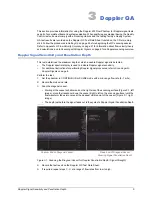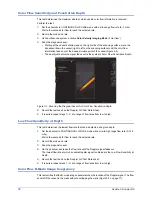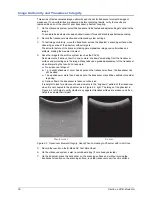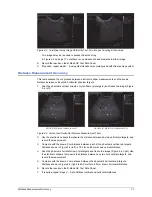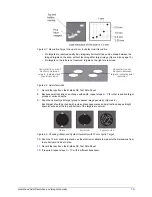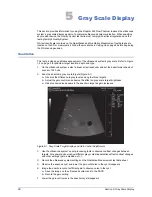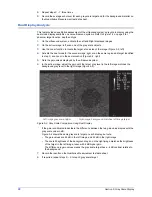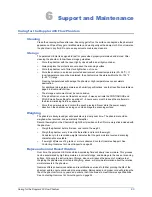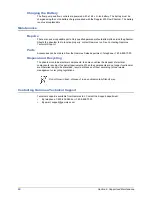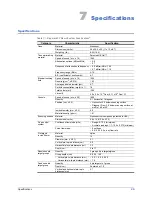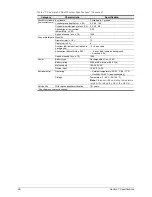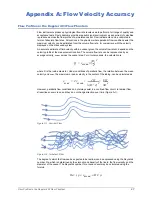
12
Section 3. Doppler QA
Figure 3-4. Scanning Horizontal Vessel for Directional Discrimination, Beam Perpendicular to Flow
4
Angle the beam to display flow in one direction only, and verify there is no evidence of flow in
the other direction (Figure 3-5, left image).
5
Angle the beam to display flow in the direction opposite from the direction in step
, and verify
there is no evidence of flow in the other direction (Figure 3-5, right image).
Figure 3-5. Scanning the Horizontal Vessel for Directional Discrimination: Unidirectional Flow
6
Record the results on the Doppler QC Test Data Sheet.
Flow Velocity Profiles
There is a velocity gradient in fluid moving inside a tube, from near zero at the wall to higher values
inside the tube. (Refer to
Appendix A: Flow Velocity Accuracy
on page 27.) If the velocity profile
inside the tube is parabolic, then the peak velocity along the axis of the tube is twice the average
velocity.
In the Doppler 403 Flow Phantom, following any bending of the tube (vessel), a parabolic flow profile
is achieved after an “entrance length” that is proportional to the Reynolds number in the fluid and
the vessel’s inside diameter.
Note that both the horizontal vessel and diagonal vessel extend outside the phantom’s scanning
area; this is reflected on the water dam ruler scales. For the horizontal vessel the ruler scale starts
at 6 cm, meaning that the corresponding point on the horizontal vessel is 6 cm from the beginning
of the vessel. For the diagonal vessel, the ruler scale starts at 7.8 cm.

